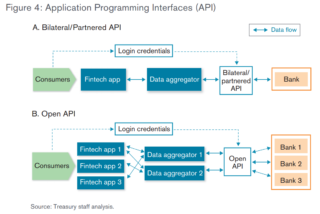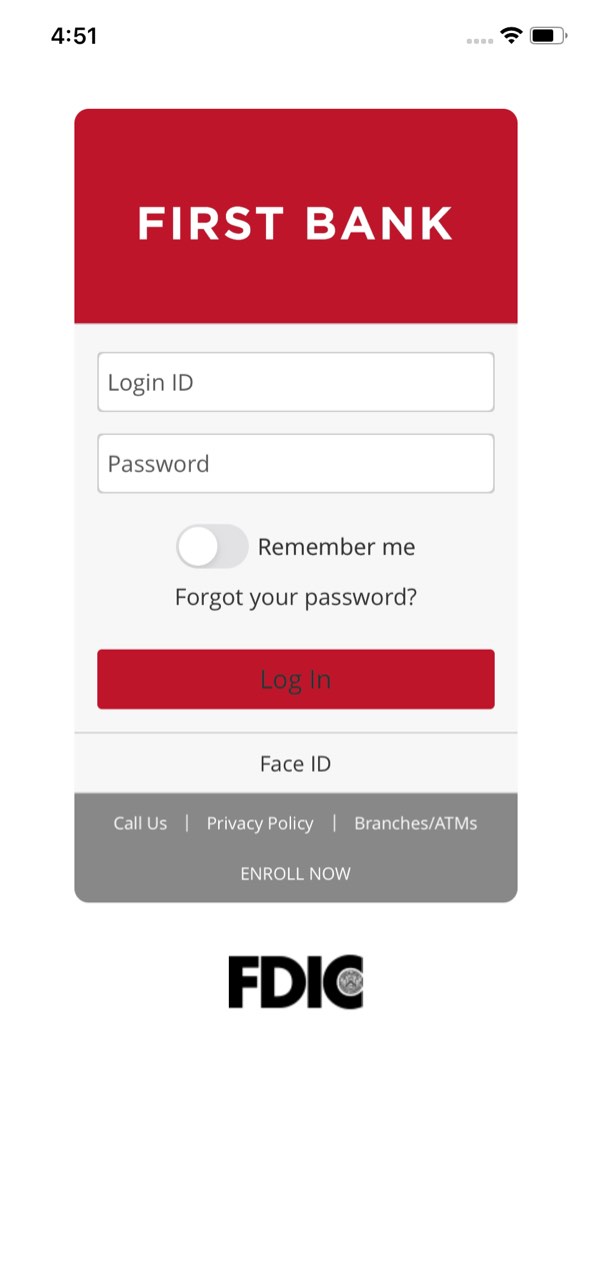
To be able to read Forex charts you need to be aware of the different time frames. There are many other timeframes you can see in addition to the daily candlestick chart. These timeframes can be as short as one minute up to a year. These timeframes include 5-minute, 15 minutes, 30-minutes, 1-hour and four-hour, daily, weekly, daily, weekly, and daily. These charts will allow you to see trends and price movements on a much smaller timescale.
Chart is simple
You will need to understand how the price of a currency pairs changes over time in order to read a forex chart. A forex chart is simply a graph that shows the relationship between the time value and the change in currency pairs over time. A line chart shows the price change over time as a horizontal line. In contrast, a bar chart shows the price changes over a specific period of time. A currency pair should be bought if the base currency increases in value.
There are many kinds of forex charts. But the most basic is the line chart. This chart displays the closing prices for a currency pair for a specified time period. Although it is quite simple and does not give much other information, a line graph can be very helpful in assessing trends or spotting higher highs or lower lows. Here are the different kinds of forex charts. You can choose which one best suits your needs.

Most dependable chart
There are many forex charts on the market. But which is the most reliable? This article will highlight the three most trustworthy forex charts. To make informed decisions about trading, you can use price charts as well as historical data for currency pairs. Below is a brief description of each of the three. The chart types are arranged in different ways, and their features vary widely depending on their use.
The line forex chart is by far the most popular but it isn’t as precise. It doesn't show prices highs and lowers, so you should use it for trading with patterns. The line chart smoothes out false breakouts, and helps to identify trendlines. It's not suitable for trading according to geometric shapes, however. The three most reliable forex charts are listed below:
Most complicated chart
There are three basic types of forex charts: bar, candlestick, and line. A bar chart may represent four different prices, while a chart with a line can represent one. Candlesticks, the most popular type of chart used for illustrating Forex price movements, are also available. A line chart displays price movements in ticks or in minutes. A bar charts represents price movements over the course of days, weeks, and even months. Beginning traders should learn to read and understand both types of charts.
Forex brokers often offer charts as part of their platform. You will need to open a demo account in order to access the free Forex charts. Forex charts can be also provided by many third-party firms. These charts allow traders to analyse past price movements and project future price changes. However, these predictions could be wrong. A declining exchange rate may indicate that sellers will have the need to sell. The reverse is true for a higher exchange rate. For those who are not familiar with forex trading, you may download a free Forex Chart to get an understanding of how these price movements work.

Most informative chart
A forex chart shows the relationship between two currencies. It depicts the open, close, high, low and close price of currency pairs. Forex charts are used often by forex traders to analyze currency pair data. You must first decide what timeframe you would like to use in order to learn how to read forex charts. This will help to determine the type of chart that will provide you with the most information. You have a variety of forex charts to choose, including bar and candlestick.
Bar charts and candlestick charts both display the opening and close prices of currency pairs. The most useful candlestick charts can help you understand market trends. They also give you a good idea of how much an asset has fluctuated within a certain time period. This chart is very popular for traders. Brokers often show their prices. Candlesticks also show you the high and low points of an asset, as well as the opening and closing positions.
FAQ
When should you start investing?
The average person invests $2,000 annually in retirement savings. Start saving now to ensure a comfortable retirement. If you don't start now, you might not have enough when you retire.
You must save as much while you work, and continue saving when you stop working.
You will reach your goals faster if you get started earlier.
When you start saving, consider putting aside 10% of every paycheck or bonus. You can also invest in employer-based plans such as 401(k).
Contribute only enough to cover your daily expenses. After that, you will be able to increase your contribution.
Should I buy real estate?
Real Estate Investments offer passive income and are a great way to make money. But they do require substantial upfront capital.
Real estate may not be the right choice if you want fast returns.
Instead, consider putting your money into dividend-paying stocks. These pay monthly dividends, which can be reinvested to further increase your earnings.
Should I diversify my portfolio?
Many people believe that diversification is the key to successful investing.
In fact, many financial advisors will tell you to spread your risk across different asset classes so that no single type of security goes down too far.
However, this approach does not always work. In fact, you can lose more money simply by spreading your bets.
Imagine, for instance, that $10,000 is invested in stocks, commodities and bonds.
Suppose that the market falls sharply and the value of each asset drops by 50%.
You still have $3,000. However, if all your items were kept in one place you would only have $1750.
In real life, you might lose twice the money if your eggs are all in one place.
It is important to keep things simple. Don't take on more risks than you can handle.
Statistics
- Most banks offer CDs at a return of less than 2% per year, which is not even enough to keep up with inflation. (ruleoneinvesting.com)
- 0.25% management fee $0 $500 Free career counseling plus loan discounts with a qualifying deposit Up to 1 year of free management with a qualifying deposit Get a $50 customer bonus when you fund your first taxable Investment Account (nerdwallet.com)
- As a general rule of thumb, you want to aim to invest a total of 10% to 15% of your income each year for retirement — your employer match counts toward that goal. (nerdwallet.com)
- An important note to remember is that a bond may only net you a 3% return on your money over multiple years. (ruleoneinvesting.com)
External Links
How To
How to invest in stocks
Investing is a popular way to make money. It is also one of best ways to make passive income. There are many ways to make passive income, as long as you have capital. All you need to do is know where and what to look for. This article will help you get started investing in the stock exchange.
Stocks are shares that represent ownership of companies. There are two types. Common stocks and preferred stocks. While preferred stocks can be traded publicly, common stocks can only be traded privately. Stock exchanges trade shares of public companies. They are priced according to current earnings, assets and future prospects. Stocks are purchased by investors in order to generate profits. This is called speculation.
There are three steps to buying stock. First, choose whether you want to purchase individual stocks or mutual funds. The second step is to choose the right type of investment vehicle. The third step is to decide how much money you want to invest.
Select whether to purchase individual stocks or mutual fund shares
When you are first starting out, it may be better to use mutual funds. These are professionally managed portfolios with multiple stocks. Consider the level of risk that you are willing to accept when investing in mutual funds. Some mutual funds have higher risks than others. If you are new or not familiar with investing, you may be able to hold your money in low cost funds until you learn more about the markets.
You can choose to invest alone if you want to do your research on the companies that you are interested in investing before you make any purchases. Check if the stock's price has gone up in recent months before you buy it. The last thing you want to do is purchase a stock at a lower price only to see it rise later.
Choose your investment vehicle
Once you've made your decision on whether you want mutual funds or individual stocks, you'll need an investment vehicle. An investment vehicle is just another way to manage your money. You could for instance, deposit your money in a bank account and earn monthly interest. You can also set up a brokerage account so that you can sell individual stocks.
A self-directed IRA (Individual retirement account) can be set up, which allows you direct stock investments. Self-directed IRAs can be set up in the same way as 401(k), but you can limit how much money you contribute.
Your needs will determine the type of investment vehicle you choose. You may want to diversify your portfolio or focus on one stock. Do you seek stability or growth potential? How confident are you in managing your own finances
The IRS requires that all investors have access to information about their accounts. To learn more about this requirement, visit www.irs.gov/investor/pubs/instructionsforindividualinvestors/index.html#id235800.
Find out how much money you should invest
It is important to decide what percentage of your income to invest before you start investing. You can set aside as little as 5 percent of your total income or as much as 100 percent. The amount you decide to allocate will depend on your goals.
You might not be comfortable investing too much money if you're just starting to save for your retirement. You might want to invest 50 percent of your income if you are planning to retire within five year.
Remember that how much you invest can affect your returns. Consider your long-term financial plan before you decide what percentage of your income should be invested in investments.